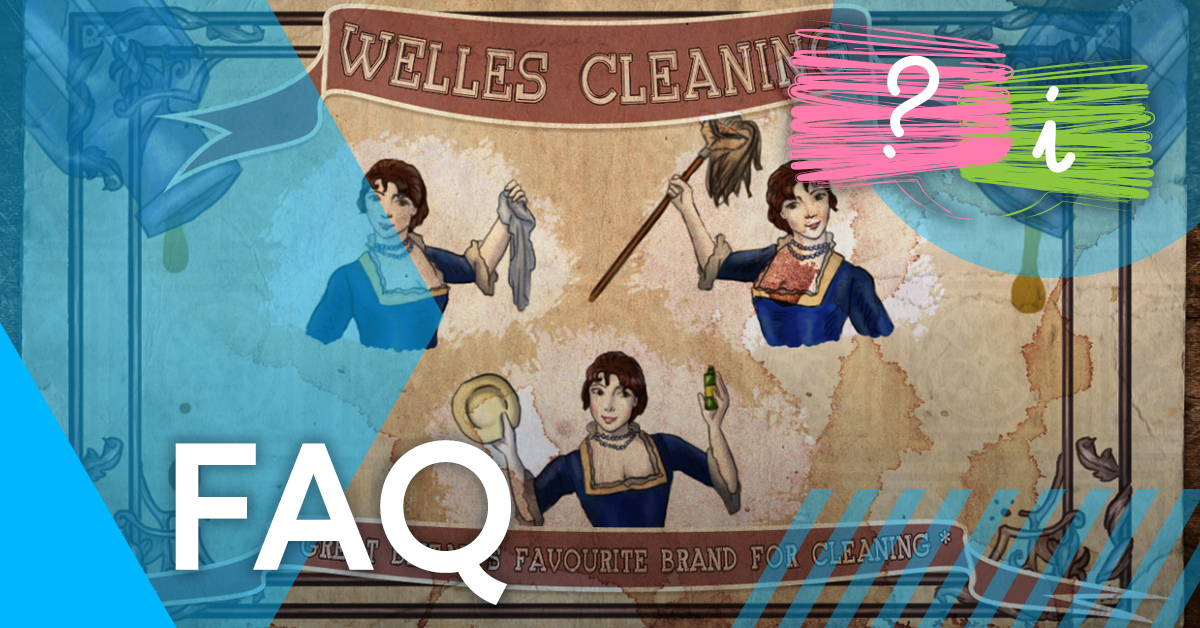Learning styles: The biggest myth in Education?
Posted 4 years ago

Learning style theories have been around for a very long time. In fact, it is believed that the idea of learning styles was first theorised by Aristotle in the year 334 BC.
Having gained popularity in the 70’s, many of us are now familiar with the idea of learning styles. They are supposed to represent a person’s best way of learning. The four most well-known learning styles are:
- Visual
- Auditory
- Reading / Writing
- Kinesthetic
These learning styles make up what is known as the ‘VARK model’.
If you take the VARK model at face value, it seems to make sense. Everyone is different. Some people can pay closer attention when listening, whilst others can better memorise what they read. We all have different strengths and weaknesses that would appear to coincide with our preferred learning style.
However, there is strong evidence to suggest that learning styles could in fact be a myth…
In this video by Veritasium and Google, an experiment was carried out with the public to test this theory.
The experiment suggested that people who retained more information did so by implementing a memory strategy, not because the presentation of the information matched their preferred learning style.
The video goes on to suggest that the VARK model should never have gained the credibility that it has today.
The VARK model was first hypothesised by Neil Flemming, who was a school inspector in New Zealand. Confused by why great teachers could not reach some students, whilst poor teachers could reach them, he stated:
one topic that seemed to hold some magic, some explanatory power, was preferred modes of learning, ‘modal preferences’
As a result of Flemming’s findings, VARK was born off the back of so-called ‘magic’ and no supporting study.
So what can we learn from this?
Whilst we understand that some people possess better skills in certain areas that might be better assisted by the mediums defined in the VARK model – for example, somebody with better visual spatial reasoning skills would find it easier to learn the locations of countries on a map – these learning styles will not always be consistent across different areas.
But if learning styles cannot improve the way people learn, then how can learning be improved?
For the best results when it comes to learning, a variety of mediums mixed together may just be the best approach. Known as the ‘multimedia effect’, a mix between narrations and visuals tends to be more memorable than text or imagery on their own.
Why high-quality eLearning is a great way to deliver training
eLearning has been around for several decades, and is quickly becoming a preferred method of training delivery for organisations globally.
A high-quality eLearning provider will offer training courses that deliver a mix of mediums to ensure that engagement is maximised. Here at iHasco, our courses offer visual, auditory, and reading / writing elements.
With a mix of engaging animations and presenter footage, voice overs and presenter audio, as well as banners, subtitles, and transcripts, our video-based courses are trusted by over 10,000 organisations.
We cover a number of important workplace topics, including:
You can claim a free, no-obligation trial to any of our courses today! Alternatively, you can request a bespoke quote for your organisation and a member of our team will be in touch to discuss your training requirements shortly.


Jack Rosier
Content Executive
Related articles



Opt-in to our newsletter
Receive industry news & offers